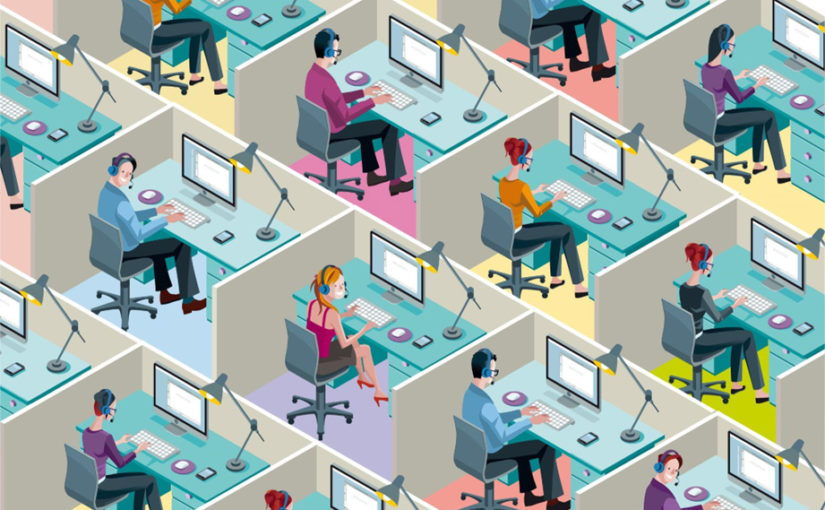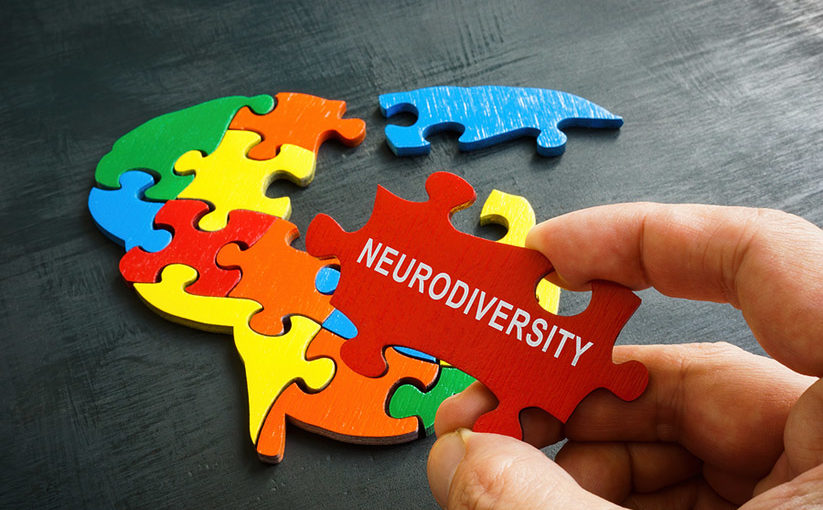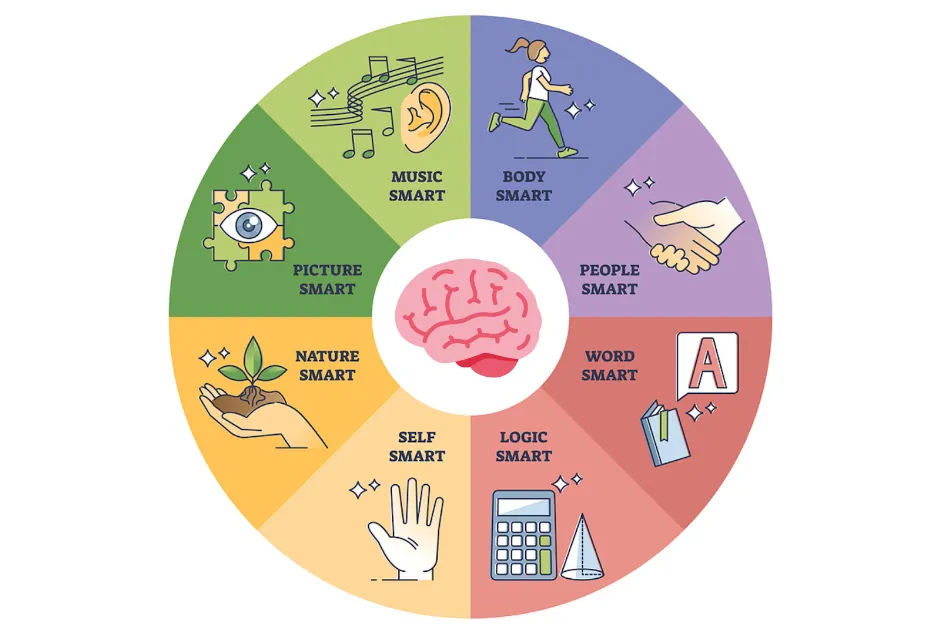
For decades, intelligence was understood as a straightforward continuum in one basic direction. Measurement of intelligence was often limited to the single numerical score of an IQ test, focusing predominantly on linguistic and logical-mathematical abilities.
Although the concept of ‘emotional intelligence’ has often been posited as a contrasting way to demonstrate helpful empathic skills in the workplace, for too long our understanding of intelligence was limited to a single, supposedly definitive, variable.
This simplistic framing proves entirely impractical when applied to the wide range of skills, abilities, and competencies required by the modern workplace.
Fortunately, in 1983, Howard Gardner’s groundbreaking Multiple Intelligences Theory revolutionised the way we understand intelligence. The theory suggests that intelligence is not a single, monolithic quality, but rather a range of abilities or talents that people possess.
These talents manifest differently in each individual and significantly impact how we learn, interact, and excel in different tasks.
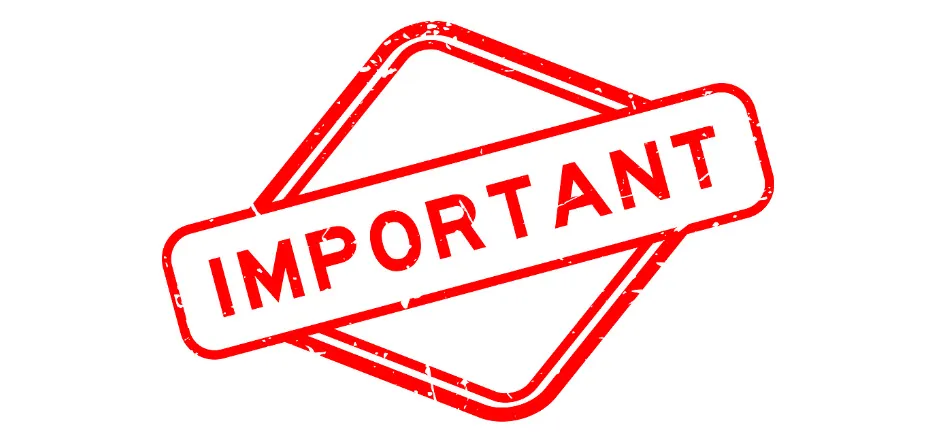
Importance of Understanding Multiple Intelligences in a Workplace Environment
In a workplace setting, understanding these multiple intelligences offers invaluable insights. Recognising that employees may excel in different forms of intelligence allows employers to better allocate resources and tailor training.
It moves away from a one-size-fits-all approach towards a more nuanced understanding of human capability, making for better recruitment, more empathic management, and better team building.
Understanding Gardner’s Multiple Intelligences Theory
Howard Gardner was an American development psychologist and professor of Cognition and Education at Harvard University. In his book Frames of Mind: The Theory of Multiple Intelligences he first proposed the theory, which rapidly gained support from both educators and employers alike.
Although Gardner’s theory has been criticised by some psychologists for its lack of empirical evidence, it nevertheless helps us understand the different abilities and potentials of individuals.

Learn How To Create Personal Learning Journeys For FREE!
What is Gardner’s Multiple Intelligences Theory?
Howard Gardner’s Multiple Intelligences Theory posits that humans possess a variety of intelligences that manifest in different ways. Rather than being measured solely by a single, standardised test, these intelligences cover a broad range of abilities and talents and require a more complex assessment.
Below we summarise what each type of intelligence signifies.
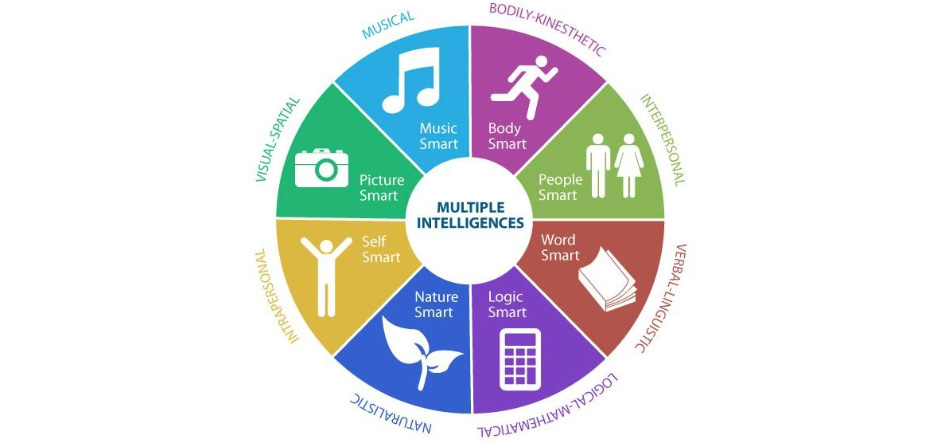
[illustration: Sajaganesandip on Wikipedia; Licence: CC BY SA 2.0]
Gardner’s Eight Multiple Intelligences
1. Linguistic Intelligence
This form of intelligence relates to an individual’s ability to think in words and use language to express complex meanings. This could include both written and spoken language, as well as composed and spontaneous speech.
Writers, poets, and public speakers often have high linguistic intelligence.
2. Logical-Mathematical Intelligence
This involves logical reasoning and problem-solving, especially in scientific and mathematical contexts. This measure, plus linguistic intelligence, is equivalent to the skills measured by the traditional IQ test.
Engineers, mathematicians, programmers, and scientists usually excel in this area.
3. Musical Intelligence
People with musical intelligence have a strong appreciation for rhythm, composition, and sound. This ability could extend to those with an appreciation of sound and acoustics such as rappers, sound artists, and impersonators.
Musicians, composers, and sound engineers are examples of individuals with high musical intelligence.
4. Bodily-Kinesthetic Intelligence
This refers to the ability to use one’s body to solve problems or create products. It is sometimes accompanied by a form of musical intelligence and can result in humans capable of physical feats that the rest of us find astonishing.
Athletes, dancers, and craftspeople often display high levels of bodily-kinesthetic intelligence.
5. Spatial Intelligence
This intelligence pertains to the ability to visualise the world accurately and transform or modify perceptions. The spatial rotation tests sometimes found in intelligence tests measure a component of this ability.
Architects, artists, and pilots frequently exhibit strong spatial intelligence.
6. Interpersonal Intelligence
This involves understanding other people’s motivations, emotions, and intentions. This is sometimes known as ‘emotional intelligence’ or simply empathy.
Teachers, therapists, and salespeople usually excel in interpersonal intelligence.
7. Intrapersonal Intelligence
Intrapersonal intelligence is about understanding oneself—knowing one’s emotions, motivations, and thoughts. Writers of memoirs or thought leaders in business must develop this skill to construct a compelling narrative around their lives and careers.
Philosophers, psychologists, and spiritual leaders often have high intrapersonal intelligence.
8. Naturalistic Intelligence
This relates to the ability to understand, appreciate, and thrive in the natural world. Many tribal people possess this type of intelligence more keenly than their more ‘civilised’ city-dwelling neighbours.
Ecologists, farmers, and gardeners commonly demonstrate strong naturalistic intelligence.

Applying Gardner’s Multiple Intelligences Theory in the Workplace
Using the Multiple Intelligences Theory as a framework for understanding employee strengths can help companies become more agile, innovative, and inclusive. It develops an appreciation for the range of different skills your workforce may possess. It also helps you shape your teams with complementary abilities and knowledge in mind.
Here are some workplace scenarios in which Gardner’s model for intelligence can be applied:
1. Incorporating into Job Descriptions and Interviews
Specific intelligences can be emphasised in job descriptions and sought-after during interviews to ensure a fit between the role and the candidate’s natural talents.
For instance, for a managerial role in a PR department, an advertisement might specify soft skills as well as more specific points, such as a need for “an individual with high interpersonal and linguistic skills capable of understanding client pain points and supplying copy that delivers what each client needs.”
When you’ve shortlisted likely candidates, you can ask for examples of specific challenges each has faced in solving interpersonal and creative challenges related to the two forms of intelligence you’re looking for.
2. Tailoring Training and Development Programs
Training can be customised to suit different learning styles and intelligences. For instance, a sales training program could include elements that cater to linguistic, interpersonal, and logical-mathematical intelligences.
When designing courses, the types of assessment such as quizzes and puzzles can be selected with different types of intelligence in mind, depending on the nature of the course. An engineering role might lean heavily on logical-mathematical and spatial puzzles for instance.
Tailoring around the different types of intelligence maximises successful learning transfer, since employees are better motivated to learn, and retain knowledge.
3. Creating Diverse Teams
When teams consist of people with different types of intelligence, they are often more effective at problem-solving and creative thinking. Furthermore, team members with different types of intelligence can counter excesses and blind spots in each other’s thinking.
If you were putting together a project team to create a new social media marketing campaign, you might choose individuals with linguistic, musical, interpersonal, and intrapersonal abilities.
You’d get ideas on creative content and rhythmic editing from the first two skill sets, and keen insights into how your campaign might connect with audiences from the latter two abilities. While linguistic and intrapersonal insight might help you create a campaign that convincingly represents the brand, interpersonal intelligence would help ensure it hits home emotionally.
4. Providing Varied Learning Opportunities
Offering a range of learning opportunities—from hands-on workshops to analytical problem-solving tasks—ensures that employees with different intelligences can continue to develop. This approach helps you tailor courses which address underdeveloped skills more effectively.
Although not all of us can excel in all eight types of intelligence, some learners may have underdeveloped secondary abilities that might blossom under the right tutelage.
For example, an executive with naturalistic intelligence working at a sustainability consultancy might benefit from increasing their interpersonal intelligence, in order to communicate mission statements more successfully.
5. Designing Inclusive Work Environments
Workplaces that cater to various intelligences are generally more inclusive and supportive of different ways of thinking. This can lead to higher levels of employee satisfaction and productivity.
Employee training can help reinforce inclusiveness, with courses like diversity, equity, and inclusion (DEI) stressing interpersonal intelligence.
Workplace activities like choirs, yoga, or the provision of free gyms support those with musical or bodily-kinesthetic intelligence, while developing secondary abilities in other employees.
‘Thinking outside the box’ is much easier when you have a diverse range of intelligence and ability within your team, where a left field suggestion might prove to be the key to unlocking future success.

Assessing and Developing Employees’ Intelligences
Given the value of these eight different types of intelligence, how do we go about identifying and assessing them? Traditional IQ tests only highlight two or three of these skills and reduce the assessment to a single number.
Fortunately, there are different methods to identify the presence of certain types of intelligence, or conversely identify skill gaps that recruitment or training can fill. Let’s look at two main approaches.
1. Tools and Techniques for Assessment
Various tools, such as self-assessments, peer reviews, and specialised tests, can be employed to identify the diverse intelligences within your team:
- a. Self-assessment tests such as the free test offered by Psychology Today can reveal the percentages of each of the eight types of intelligence you possess. Numerous online tests exist, and it’s worth shopping around for one tailored to your sector and workplace type.
- b. Peer review involves managers and colleagues giving often anonymised feedback on staff performance across the different intelligence categories. If you use this method, don’t expect all employees to achieve high scores in all or even most categories.
- c. Specialised tests involve setting practical challenges for employees to solve. Of course, it can be hard to create an environment that tests all eight components of intelligence, from musical to bodily-kinesthetic.
Escape rooms are an example of an entertainment setting that might be said to tax all eight types of intelligence in a team, but workplace settings are less amenable to comprehensive multi-variant testing.
Fortunately, specialist providers have created portable tests that can be used in most workplaces to test all eight components. For instance, the “Multiple Intelligences Developmental Assessment Scales” (MIDAS) from MI Research was created to assess multiple intelligences as defined by Gardner.
2. Personalised Development Plans and Learning Journeys
Individualised personal development plans based on an employee’s unique blend of intelligences can result in more effective skill development.
These should be created with an appreciation that some aspects of intelligence are more universal than others. In other words, it may not be possible for any given individual to achieve excellence in any given skill area, let alone all of them.
However, it may be possible to reinforce or enhance types of intelligence that lie dormant within an individual, like underdeveloped muscles.
PDPs for Gardner’s Multiple Intelligences: A Step-By-Step Approach
Creating a Personalized Development Plan (PDP) or Personal Learning Journey within Gardner’s Multiple Intelligences framework can help individuals and organisations tap into a more diverse set of talents and skills. Here’s a step-by-step guide on how to construct such a plan:
Step 1: Self-Assessment or Professional Assessment
Firstly, have the individual undergo an assessment to determine their strengths and weaknesses in the eight intelligence types. This could be a self-assessment questionnaire based on Gardner’s theory or, for a more thorough analysis, a professionally administered evaluation.
Step 2: Identifying Goals
Set clear, achievable learning objectives that relate to the intelligences where development is needed. If an individual scores low in logical-mathematical intelligence but needs this for their job, then a goal might be to improve their problem-solving skills.
Step 3: Skill Mapping
For each intelligence type where improvement is desired, list relevant skills and competencies to develop. For example:
- Logical-Mathematical Intelligence: Improve problem-solving and analytical reasoning.
- Interpersonal Intelligence: Develop conflict resolution and active listening skills.
Step 4: Resource Allocation
Identify resources that best match the type of intelligence being developed. For instance:
- Linguistic Intelligence: Writing workshops, grammar apps, or public speaking courses.
- Spatial Intelligence: CAD training, art classes, or 3D modelling software.
Step 5: Methodology and Activities
Plan a variety of learning activities that appeal to different intelligences:
- Musical Intelligence: Use music or rhythm to help memorise information.
- Bodily-Kinesthetic Intelligence: Incorporate physical activities into learning, such as role-playing or hands-on training.
Step 6: Timeline
Assign a realistic timeline for achieving the objectives. Regularly track progress against these milestones.
Step 7: Peer and Mentor Support
Involve peers and mentors who excel in the intelligence type being developed. They can provide insights and additional resources.
Step 8: Feedback Loops
Regularly review progress with supervisors, mentors, or peers. Collect feedback and adjust the plan as needed.
Step 9: Formal Assessments
Periodic formal assessments can provide an objective measure of improvement. This could range from simple quizzes to more detailed evaluations.
Step 10: Reflect and Revise
Once the plan has been executed and assessments completed, reflect on the overall effectiveness of the PDP. Make revisions as necessary for future development.
Sample Activities by Intelligence Type
Here are some examples of activities individual learners can concentrate on to develop and enhance the different types of intelligence:
- Linguistic: Weekly journaling, book reviews, vocabulary quizzes.
- Logical-Mathematical: Problem-solving challenges, coding exercises.
- Musical: Learning an instrument, rhythmic memory exercises, dance.
- Bodily-Kinesthetic: Physical teamwork challenges, yoga for stress management.
- Spatial: 3D puzzle solving, architectural design tasks.
- Interpersonal: Role-playing customer interactions, empathy exercises.
- Intrapersonal: Self-reflection journals, mindfulness exercises.
- Naturalistic: Nature walks, site visits, gardening projects.
By systematically integrating Gardner’s Multiple Intelligences into a Personalised Development Plan or Learning Journey, you can tap into a rich, multidimensional set of skills and talents, leading to more holistic personal and professional development.

Examples of Multiple Intelligences in the Workplace
Let’s now turn to two contrasting examples of workplaces where a range of different intelligence types work together to achieve an objective.
Example 1: Brand Campaign Team
The marketing team at ProduktZone successfully launches a campaign by leveraging their varied skills. The linguistically intelligent copywriter pens compelling text, the spatially intelligent graphic designer creates eye-catching visuals, and the logically intelligent strategist analyses consumer data.
Working together, ProduktZone generates a branding campaign that stands out creatively, while being fine-tuned to the desired audience for their product.
Example 2: Product Development Department
A product development team composed of engineers, designers, and customer representatives uses a combination of logical-mathematical, spatial, and interpersonal intelligences to create a product that is both functional and user-friendly.
For instance, your smartphone is designed to be functional (logical-mathematical), ergonomic (spatial), and an appealing tool for sharing experiences (interpersonal intelligence).
Challenges and Considerations of Gardner’s Theory
Though immensely valuable, the application of Gardner’s theory isn’t without its limitations. It may be difficult to assess every employee’s range of intelligence, and not all job roles require every form of intelligence.
Furthermore, some psychologists have questioned the evidence base for this framework, particularly when it posits that different areas of the brain are responsible for different types of intelligence.
Additionally, some might resist this nuanced approach to intelligence as it deviates from traditional tried-and-tested metrics, such as traditional IQ measures.
There are competing models to consider too, including Goleman’s theory of Emotional Intelligence and Sternberg’s Triarchic Theory of Intelligence which, although detailed, aren’t as complex or multivariate as Gardner’s Theory, and may be easier to practically apply.
Final Thoughts
Challenges and critiques notwithstanding, applying Gardner’s Multiple Intelligences Theory in the workplace offers companies a richer, more nuanced view of human potential.
Understanding intelligence in a nuanced way enables a more targeted approach to hiring, training, and employee development, ultimately enhancing workplace effectiveness, improving job satisfaction and retaining employees.
Skillshub specialises in tailored training solutions that leverage insights from different learning theories and discoveries to deliver impactful learning experiences.
If you’re ready to level up your L&D strategy with the help of an eLearning company, get in touch with us today!
Interested in learning more? Feel free to contact us for personalised bespoke eLearning solutions.
Read More About Popular Learning Theories
- The Importance of Emotional Intelligence in the Workplace
- Understanding Social Learning Theory
- Piaget’s Cognitive Learning Theory
- Blended Learning with in-person and online elements
- How Learning Styles affect Knowledge Retention
- The Role of Cognitive Learning Theories in Employee Development









